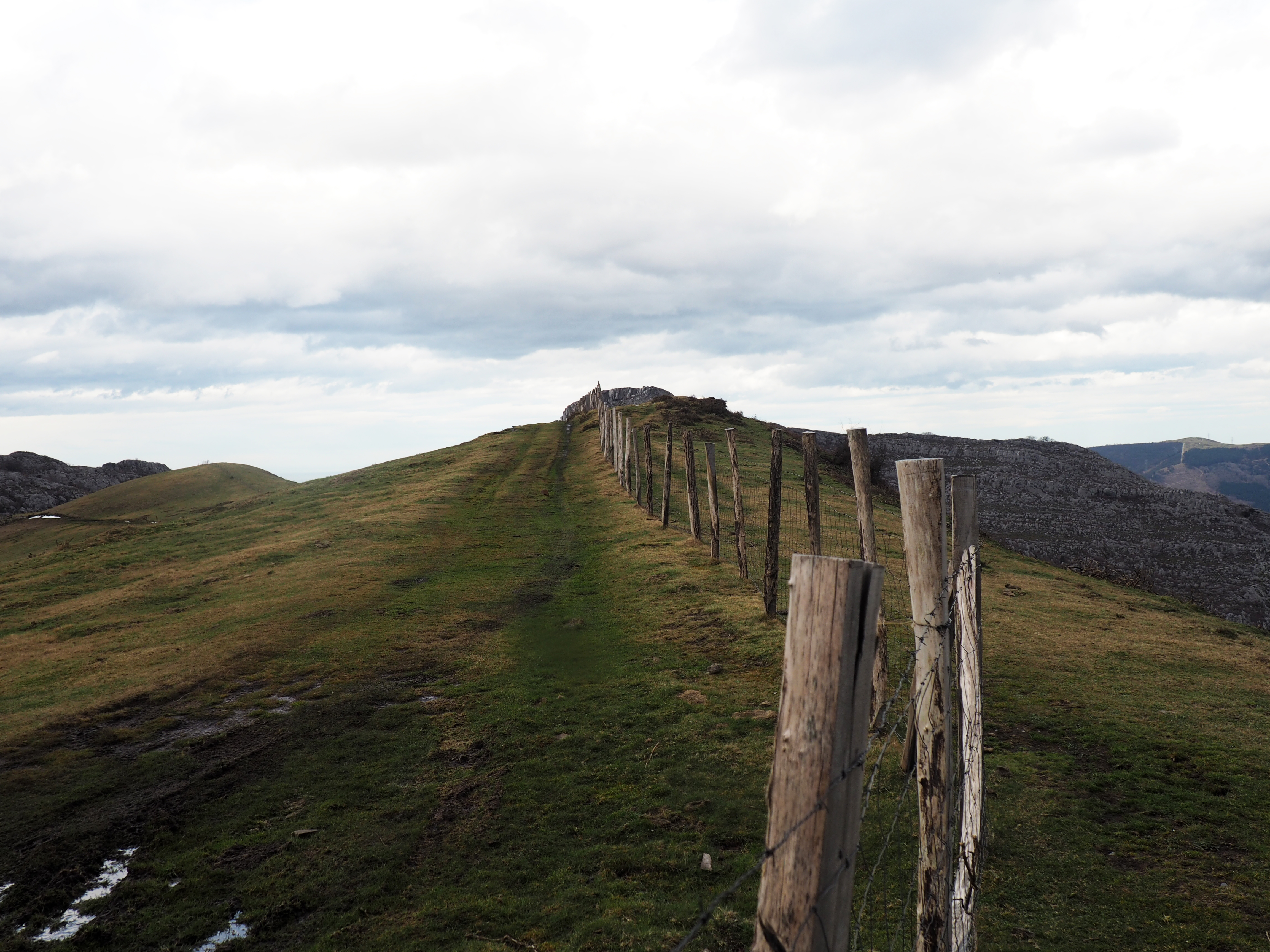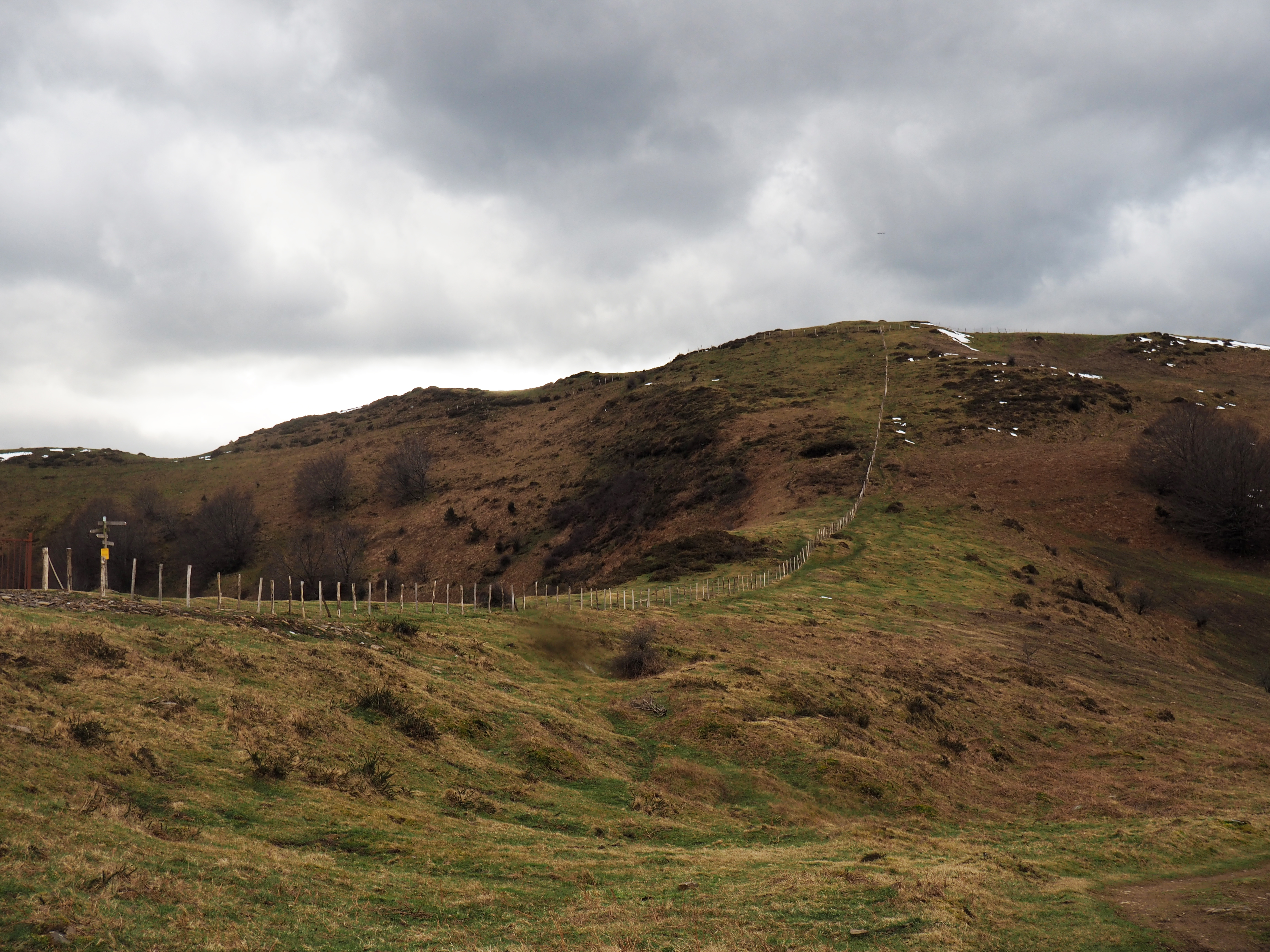Basque ethnography at a glance

Wire fence in the mountain, 2018. Sergio Fernández Olazabal.
Those born in border areas surrounded by mountains and devoted to activities developed in these spaces, such as the breeding of Monchino cows and mares or sheep farming, have a very different vision of borders to that of government officials and politicians who show no more than lawful respect for them.
Some might think mountains clearly constitute physical barriers that obstruct passage, which might be the case when it comes to abrupt and high mountain ranges but is not at all so with our mountain heights. For the shepherd who from an early age climbed every evening to the mountain where the flock grazed freely, milked the sheep, stayed close to them overnight to defend them from wolf attacks, and milked them again in the morning before climbing back to the house to make cheese, day in, day out, throughout the period of lactation, there were no geographical limitations in the mountain. It was rather a space of opportunity, providing for the possibility of maintaining larger flocks than in the exiguous extent of grassland down in the farm.

Fencing in Armañón Mountain, 2018. Sergio Fernández Olazabal.
Up in the mountain he would meet other shepherds and monteros —cattle herders on horseback—, on one side of the hill and on the other; friendly ties were established between neighbouring peoples, and more often than not, exchange of invitations to patron saint celebrations led over time to courtship and romance. From where he stood the mountain was not a dividing boundary but a place of encounter. If and when an animal left the herd (or bando, as locals would say), or the flock, and went ashtray, word spread and the herder would be helped by fellow herders, no matter the mountainside they were on.
Now, on my walks in the mountains, I see wire fences running along the tops (known as cordones) so livestock do not invade the neighbouring jurisdiction, and everybody seems to be clear about what belongs here and what belongs there.
Yet nobody would climb these heights giving their back to the mountain; the ascent begins at its foot, looking at the slope before you, and as you climb up, you discern the landscape stretching beyond the watershed. The first sight you see upon reaching the summit is the neighbouring territory on the other side of the imaginary border. Only then can you turn back and observe the land you come from. There is no other way forward.
The mountaineer’s is not as intimate an experience as the shepherd’s, but it is in fact more vital than that of the official or politician in office who makes regulations to be applied to one side of the borderline drawn on a map placed on a table, such a flat landscape showing level curves to represent real mountains and hills the said shepherd so often climbs up and down after his flock.
Luis Manuel Peña – Ethnography Department – Labayru Fundazioa
Translated by Jaione Bilbao – Language Department – Labayru Fundazioa

